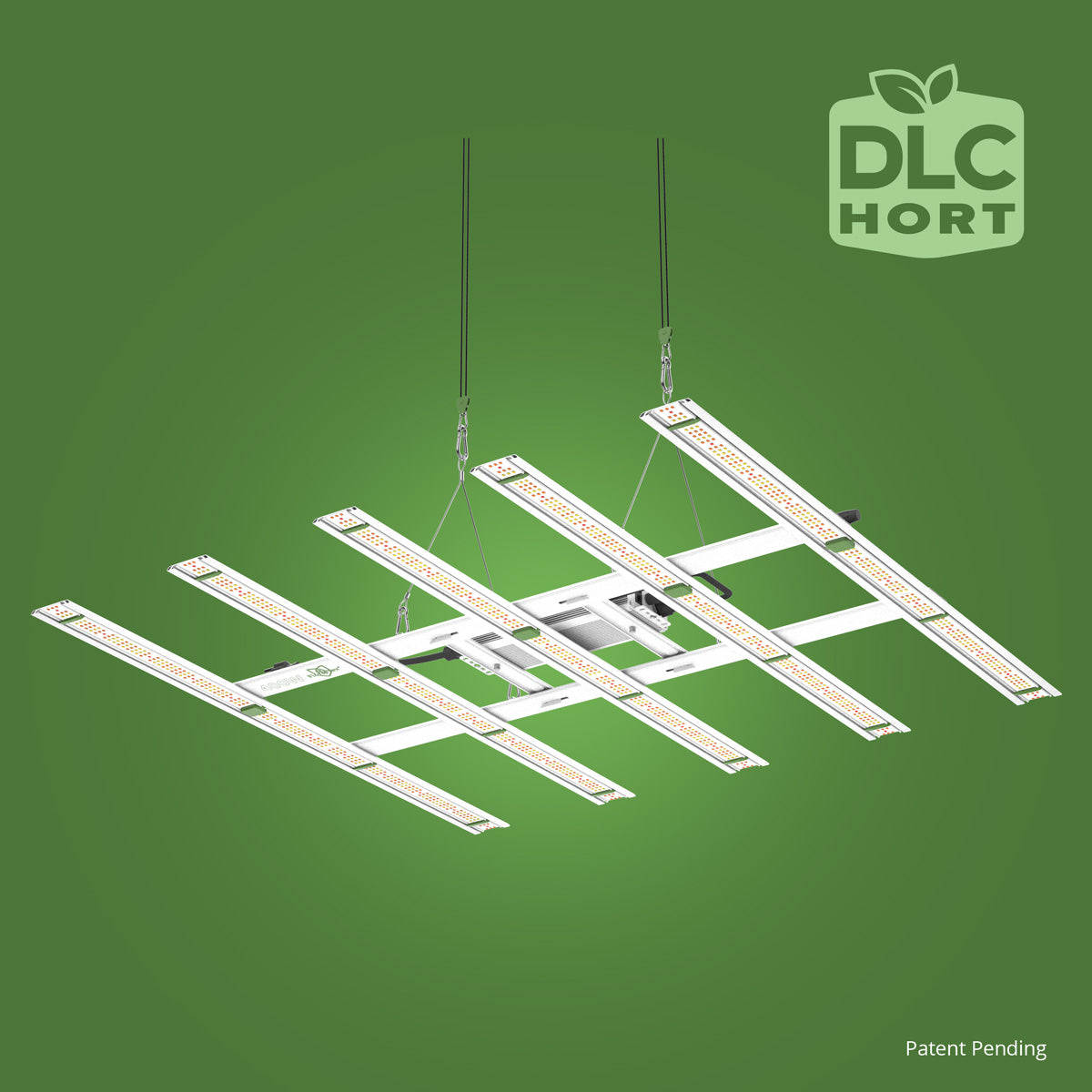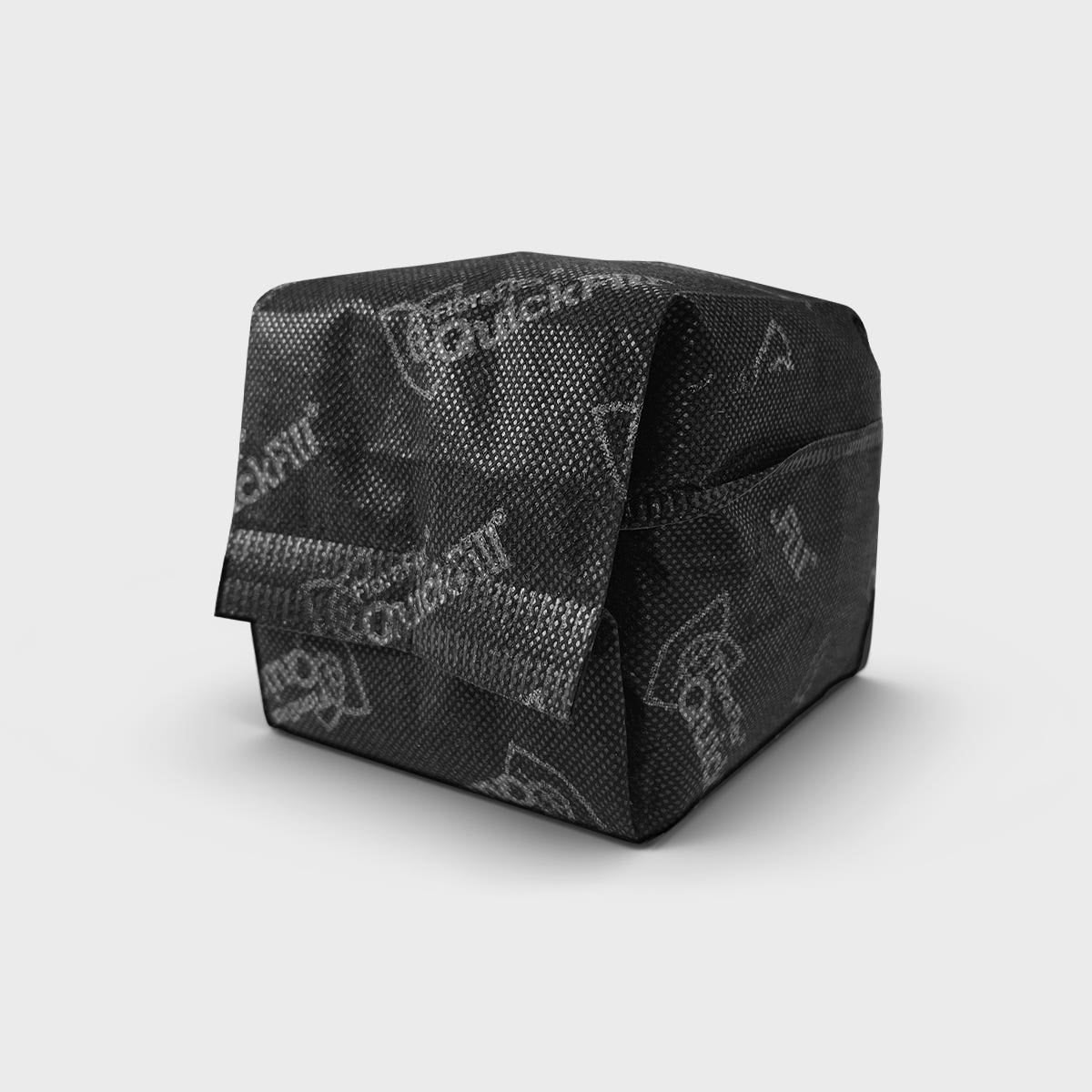1. Understanding CBD Harvesting
Harvesting cannabis for CBD involves selecting the ideal time to harvest plants that are rich in CBD content while minimizing the levels of THC, the psychoactive compound. Unlike harvesting for THC-dominant strains, where the focus is on maximizing THC levels, CBD harvesting requires specific attention to cannabinoid profiles and the desired CBD to THC ratio.
2. Timing the Harvest
Timing the harvest is crucial for CBD production. The optimal time to harvest cannabis for CBD is when the trichomes, the resinous glands that contain cannabinoids, reach their peak CBD content. Visual inspection and magnification tools can help determine the ideal time by observing the trichomes' color and maturity. Typically, a higher percentage of amber-colored trichomes indicates higher CBD content.
3. Methods of Harvesting
The method of harvesting can impact the overall quality of the CBD-rich cannabis. Two common methods include:
-
Whole-Plant Harvest: This method involves cutting the entire plant at the base and trimming the leaves and buds post-harvest. It allows for a simpler and quicker process, suitable for large-scale operations. However, whole-plant harvesting may result in a higher likelihood of contaminating the buds with unwanted plant matter.
-
Selective Harvesting: Selective harvesting involves carefully hand-picking individual buds or branches that have reached their peak CBD content. This method ensures higher quality control and reduces the risk of contamination but requires more time and labor-intensive efforts.
4. Drying and Curing
Proper drying and curing are crucial steps in the post-harvest process to maintain the quality and potency of CBD-rich cannabis. The following best practices should be followed:
-
Drying: Hang the harvested plants upside down in a dark and well-ventilated area with controlled humidity and temperature. This allows for slow and even drying, preserving the cannabinoid content and preventing mold or mildew growth. Proper airflow and consistent environmental conditions are essential during the drying phase.
-
Curing: After the initial drying, the buds are placed in airtight containers, such as glass jars, to undergo the curing process. Curing involves exposing the buds to controlled humidity levels, usually between 55% and 65%, for several weeks. This process enhances the flavor, aroma, and smoothness of the final product while further preserving the cannabinoid and terpene profiles.
5. Testing and Quality Control
To ensure the potency, safety, and compliance of CBD-rich cannabis, rigorous testing and quality control measures are necessary. Third-party laboratory testing should be conducted to analyze the cannabinoid profile, terpene content, and to screen for contaminants such as pesticides, heavy metals, and microbial impurities. These tests provide valuable information for product labeling, dosage accuracy, and consumer safety.
6. Storage and Preservation
Proper storage and preservation techniques are vital to maintain the quality and longevity of CBD-rich cannabis. Store the dried and cured buds in a cool, dark, and airtight container to protect them from light, moisture, and air exposure. This helps prevent degradation of cannabinoids and terpenes, ensuring the product retains its potency and desired characteristics over time.
Harvesting cannabis for CBD requires careful attention to timing, methods, drying, and curing to produce high-quality CBD-rich products. By following best practices and understanding the unique considerations for CBD harvesting, cultivators can optimize the yield, cannabinoid content, and overall quality of CBD-infused cannabis. This ensures that consumers can access safe and effective CBD products that harness the full potential of this valuable cannabinoid.








